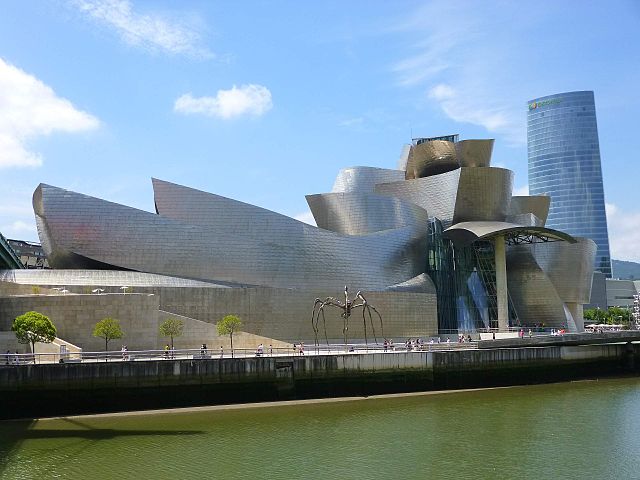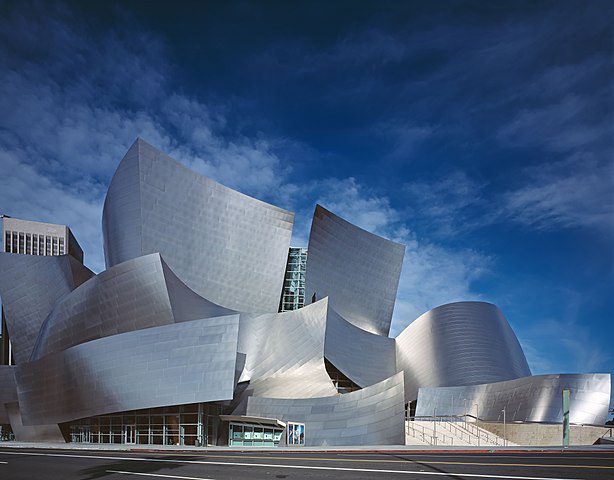
Frank Gehry, born Frank Owen Goldberg on February 28, 1929, in Toronto, Canada, is one of the most innovative and influential architects of the late 20th and early 21st centuries. Known for his bold, postmodern designs that challenge conventional aesthetics, Gehry has created some of the world’s most iconic buildings, characterized by their unique use of form, material, and structure. His work has significantly impacted contemporary architecture, pushing the boundaries of what is possible in construction and design.
Gehry’s family moved to Los Angeles in 1947, where he later studied at the University of Southern California and graduated with a degree in architecture in 1954. Furthering his education, he studied city planning at the Harvard Graduate School of Design before returning to Los Angeles to begin his career. Initially, Gehry worked with various architectural firms, gaining experience and developing his unique vision, which would later define his solo career.
Early Success
In 1962, Gehry established his own practice, Frank O. Gehry and Associates, now known as Gehry Partners, LLP. His early work was part of the “Los Angeles School” of architects, known for their experimental and unconventional approaches to design. One of Gehry’s first projects to gain significant attention was his own residence in Santa Monica, renovated in 1978, where he used unconventional materials such as chain-link fencing and corrugated steel. This project exemplified his interest in deconstructivism, a movement characterized by fragmentation and non-linear processes of design that disrupt traditional architectural conventions.

Gehry’s breakthrough on the international stage came with the completion of the Guggenheim Museum in Bilbao, Spain, in 1997. The museum’s dynamic, sculptural form, clad in titanium, captured the world’s attention and is credited with transforming the city of Bilbao into a major cultural destination. This phenomenon, often referred to as the “Bilbao Effect,” demonstrated the power of architecture to revive cities and become a cultural and economic catalyst.
Other notable projects by Gehry include the Walt Disney Concert Hall in Los Angeles, completed in 2003, renowned for its exquisite acoustics and distinctive, sail-like exterior; the Fondation Louis Vuitton in Paris, opened in 2014, which features billowing glass sails that envelop the museum; and the MIT Ray and Maria Stata Center in Cambridge, Massachusetts, completed in 2004, known for its strikingly irregular shape and playful use of materials.
Unique Approach
Gehry’s approach to architecture is deeply personal, often drawing from his own experiences and interests. He is known for his hands-on design process, frequently using sculptural models to explore and develop his ideas. This tactile approach allows Gehry to manipulate forms and spaces in innovative ways, leading to his signature style of architectural expressionism.
Throughout his career, Gehry has received numerous awards and honors, including the prestigious Pritzker Architecture Prize in 1989, which recognized his “consistently excellent body of work” and his “refreshing originality.” He has also been awarded the National Medal of Arts in 1998, the AIA Gold Medal in 1999, and the Prince of Asturias Award for the Arts in 2014, among others.

Frank Gehry’s legacy is not only in the buildings he has created but also in his contribution to the discourse of contemporary architecture. He has challenged traditional notions of form and function, encouraging a more expressive, imaginative approach to design. His work continues to inspire architects and designers worldwide, making him a central figure in the story of modern architecture.




